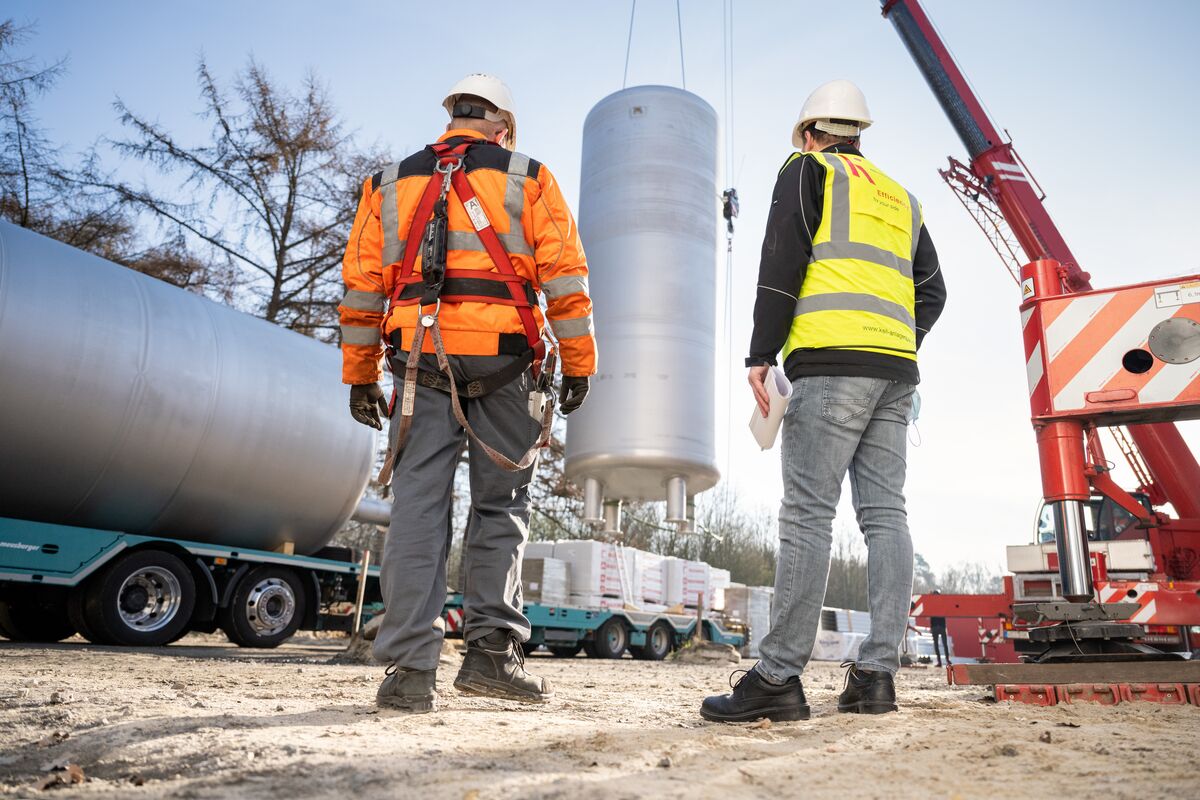As my employees were qualified and good welders at that time, we accepted the job and ensured the maintenance of the warehouse there for several years. During this time, my fitters and I were able to gain our first experience in the construction of industrial plants, such as connecting tank farms.
Together with the Elastogran plant technicians, improvements were continuously made to the plants and my fitters were able to acquire extensive knowledge in this area.
What was the next step on the way to the first tank farm?
H.-J. Keil: Elastogran had a branch office in Munich, among other places. The application technicians there received feedback from Elastogran's customers that the raw materials supplied were ageing too quickly and were therefore no longer usable after a short time. The correct storage at Elastogran's customers was a problem that the application technicians in Munich got to the bottom of.
Elastogran developed a special concept for its own raw material storage, which was built by our fitters according to specifications. The special concept includes the overlaying of nitrogen, which prevents the reaction with air and prevents rapid hardening of the raw materials.
The know-how developed at Elastogran has enabled Keil to build a similar facility for storing raw materials elsewhere.
When was the first PU tank farm built?
H.-J. Keil: The first tank farm was delivered around 1984/85. Our first customer was a manufacturer of brushes and plaster boards from the region. Here the tank was installed horizontally. Immediately afterwards, another tank farm was added at Hymer in Bad Waldsee.
We equipped the first tank farms in Schwege in a forge at the local agricultural machinery mechanics. The tanks were supplied by the company Scharf, which until then had specialised mainly in the manufacture of heating oil tanks. Until 1989, the tank farms were equipped in Schwege or directly at the customer's until we were able to move into our new premises in the Hunteburg industrial estate. There we had a hall in which we could equip tank farms. Many tanks were also equipped there directly on the construction site and not in the workshop.
What happened after that?
H.-J. Keil: Immediately after the delivery of the first two storage tanks, we created a brochure and had 50 of them printed. Due to our first two storage tanks and the contact via Elastogran as a multiplier, we were able to quickly expand our customer base. Sales went very well. By 1999, we had already bought about 400 tanks from Scharf, equipped them and delivered them to customers. Until today, the storage and handling of materials for the production of polyurethanes is one of Keil Anlagenbau's core competencies.

